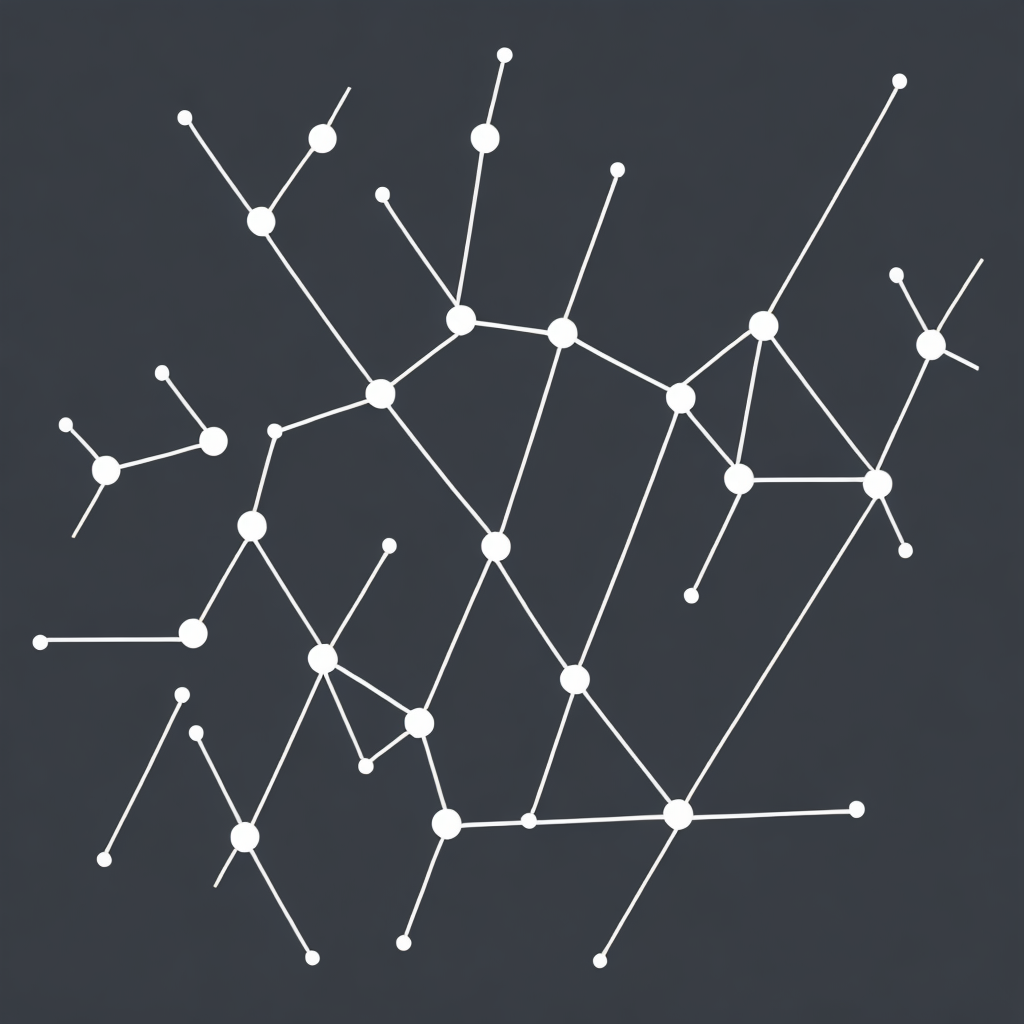Unlocking the Power of Knowledge Graphs: How Structured Data Enriches Decision Making and Fuels Innovation
In a world where data is being created and consumed at an unprecedented rate, the ability to extract value from data has become a key differentiator for businesses and organizations. With vast amounts of information available, structured data – data organized in a way that facilitates management, analysis, and integration – emerges as a powerful tool for decision making and innovation. This is where knowledge graphs come in – a type of graphical database that maps out entities and their relationships, allowing for a deeper understanding of complex data sets.
### Enhanced Decision Making
Structured data, when presented in the form of knowledge graphs, significantly enriches decision-making processes. Knowledge graphs provide a comprehensive view of interconnected data, revealing patterns, trends, and insights that would be nearly impossible to discern with traditional, unstructured data. For example, in healthcare, a knowledge graph can map disease symptoms, treatments, patient profiles, and outcomes, enabling researchers and doctors to make more informed decisions tailored to specific patient needs.
### Fueling Innovation through Insights
The power of knowledge graphs in fueling innovation lies in their ability to leverage these insights for new product development, market analysis, and strategic planning. By visualizing and analyzing interconnected data, companies can identify gaps in their current offerings, potential new market opportunities, and areas for innovation. For instance, a tech company might use a knowledge graph to identify emerging trends in user behavior or technology that could inspire new product lines.
### Improved Efficiency and Automation
One of the most significant impacts of knowledge graphs on decision-making is the acceleration of processes through automation. By using the structured data from knowledge graphs, businesses can automate tasks, reduce errors, and increase the speed of decision-making. In industries such as finance, where time is critical, automated processes based on knowledge graphs can analyze market trends, automate risk assessment, and provide recommendations, freeing up analysts for more strategic tasks.
### Enhanced Security and Privacy
Structured data and knowledge graphs are also crucial in improving security measures and privacy protection. By mapping and categorizing data, organizations can better understand which pieces of information are critical and how to protect them. This detailed mapping aids in the implementation of robust access controls and data protection strategies, reducing the risk of data breaches and ensuring compliance with regulations such as GDPR or CCPA.
### Conclusion
In today’s data-driven landscape, leveraging the power of structured data, particularly through the use of knowledge graphs, is no longer an option but a necessity. It enables businesses and organizations to make more informed decisions, innovate faster, and operate more efficiently while ensuring both security and privacy. As technology continues to advance, the role of knowledge graphs in providing deeper insights into complex data sets will only become more critical. By harnessing the power of knowledge graphs, organizations can stay ahead of the curve, stay competitive, and ultimately drive growth and success in their respective industries.
